‘One of the canaries in the coal mine’: The collapse of an English castle due to climate change
It’s hard to blame any one event on climate change, but the collapse of Hurst Castle could be a worrying sign, writes William Booth
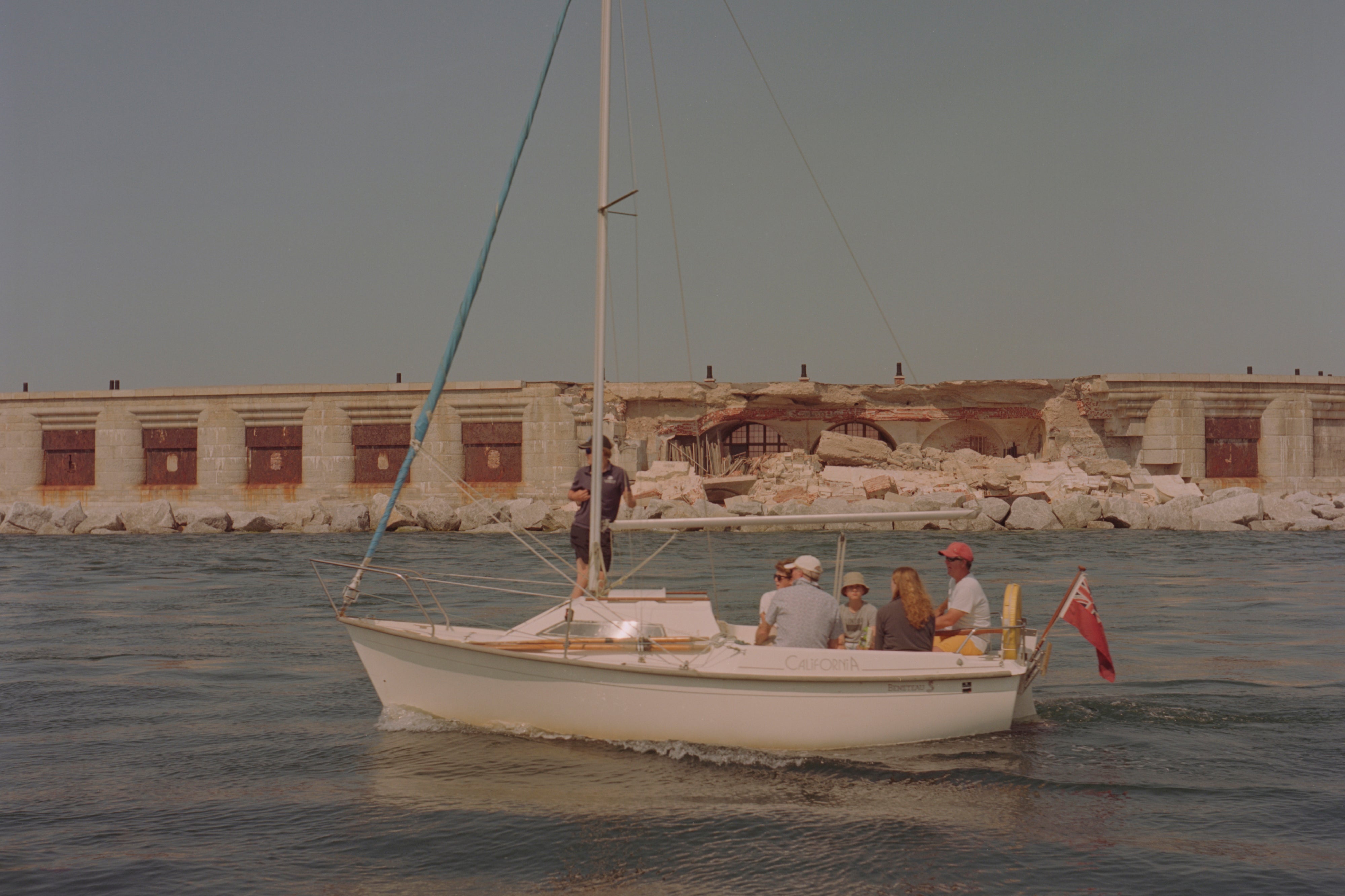
Your support helps us to tell the story
From reproductive rights to climate change to Big Tech, The Independent is on the ground when the story is developing. Whether it's investigating the financials of Elon Musk's pro-Trump PAC or producing our latest documentary, 'The A Word', which shines a light on the American women fighting for reproductive rights, we know how important it is to parse out the facts from the messaging.
At such a critical moment in US history, we need reporters on the ground. Your donation allows us to keep sending journalists to speak to both sides of the story.
The Independent is trusted by Americans across the entire political spectrum. And unlike many other quality news outlets, we choose not to lock Americans out of our reporting and analysis with paywalls. We believe quality journalism should be available to everyone, paid for by those who can afford it.
Your support makes all the difference.Fearful of a French invasion after breaking with Rome, Henry VIII erected a line of massive coastal forts along the English Channel, one of the most imposing of which is called Hurst Castle. It has stood on its sandy spit since 1544, through the Napoleonic wars and the Second World War. Its garrison protected the Allied forces on D-Day.
But earlier this year, a large section of the castle – a wing constructed in the mid-19th century by the best military engineers in the world – tumbled into the fast currents of the Solent.
Hurst Castle has done its duty, but it is hard to fight the sea – specifically, its caretakers say, the steadily rising waters and more intense winter storms of a warming world.
All nations stand to lose cultural monuments to climate change, but Britain is especially vulnerable. The country is stuffed to the attic with heritage properties.
Whereas animals might migrate, seeking more hospitable habitats, a Norman church, Roman villa or Neolithic stone circle cannot move. They’re stuck where they are, built for pre-industrial climates, centuries ago.
Britain’s preservationists find themselves trying, sometimes struggling, “to protect the past for the future”. They know not everything can or will be saved. There will be triage – and loss.
“It looks impregnable, like it’s been there forever, doesn’t it?” says Roy Porter, senior curator at Hurst Castle, as a small ferry putters around the point.
As the boat turns, suddenly it comes into view: the catastrophic collapse of the east wing. It looks as if the castle wall has been struck by a broadside of cannon fire from a ship of war.
Equally bad, but less visible, are the deep cracks in the fortified casemates of the Victorian-era west wing, now ringed by fencing and off-limits to visitors for the foreseeable future.
Although it is not possible to attribute one event to climate change, already winters are warmer and wetter in Britain, which means more severe and frequent flooding
“This place was designed to withstand the worst of the worst,” says Rob Woodside, estates director for English Heritage, which owns and cares for Hurst Castle along with another 400 cultural sites.
By “worst of the worst”, Woodside means siege and shelling. “These historic structures were built for the climate of their times, not the changing climate we are seeing today,” he says.
In recent years, Hurst Castle has lost its seaside beach, likely as a result of decades of coastal development. Then the waters rose, the storms came, and the sea exposed and undercut the castle’s foundations.
To repair the collapse, and keep the Tudor heart of the castle open, English Heritage has imported 5,000 tons of Cornish granite and 6,000 tons of pebble beach to create new sea defences, at a cost of more than £1.4m.
Much more will be spent. And then what? The past 100 years have seen five inches of sea-level rise on this very spot, Woodside says. By the end of the century, it could be more than 3ft. The castle sits on a sand bar.
“Hurst Castle is one of the canaries in the coal mine, but it is just one of many,” says Keith Jones, climate change adviser for the National Trust, which cares for 28,000 historic buildings, including castles, mansions, barns, lighthouses, mills, pubs and villages, as well as holiday cottages.
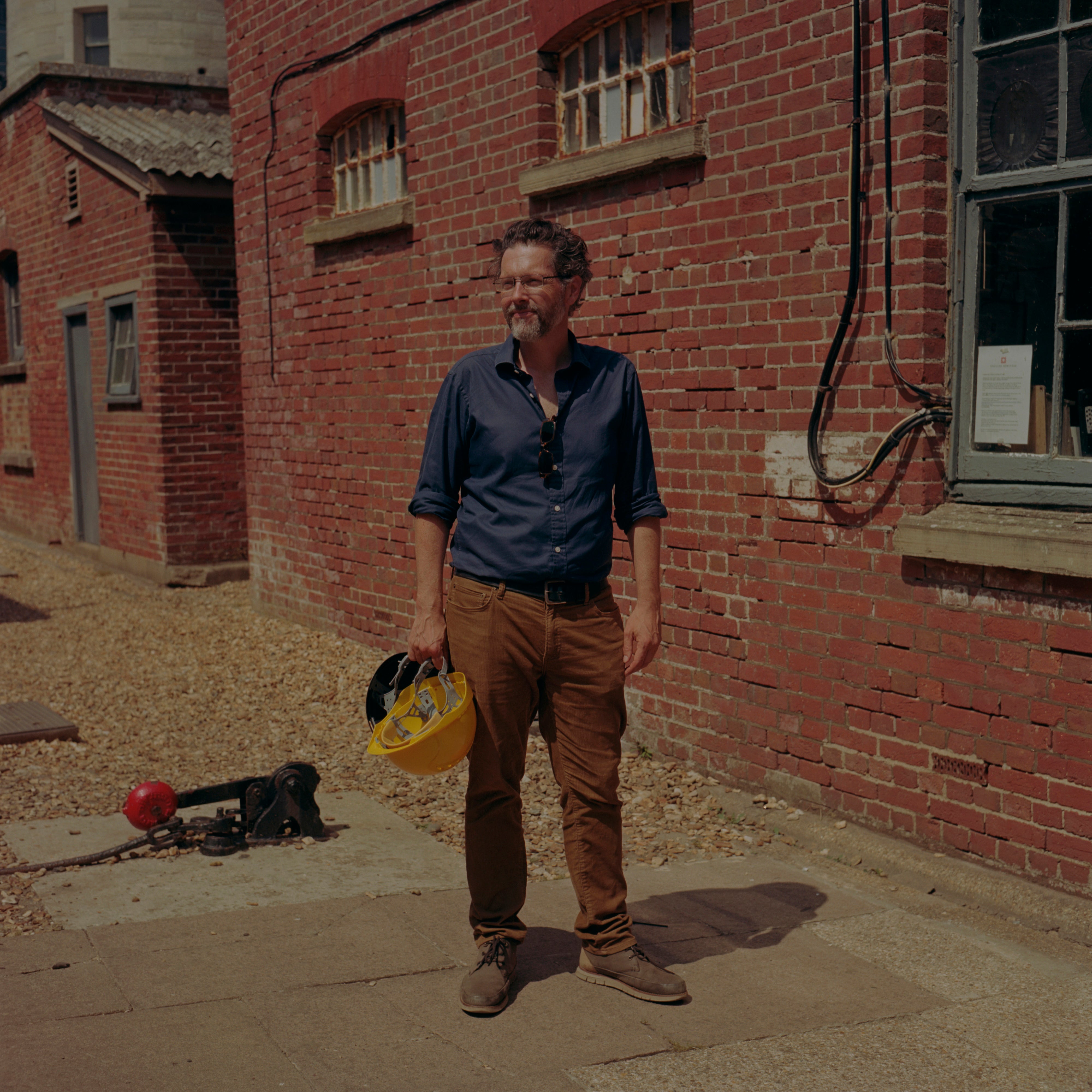
The National Trust warned in March that while 5 per cent of its 67,426 sites – natural and constructed – already face the “highest level” of threat from climate change, that proportion could rise to 17 per cent over the next 40 years, depending on what actions the world takes to limit future warming.
Although it is not possible to attribute one event to climate change, already winters are warmer and wetter in Britain, which means more severe and frequent flooding.
The summers are hotter and drier, too, which contributes to a phenomenon called “ground heave” – the expansion and contraction of soil. The National Trust recently cited this as the cause of a wall collapse at an 18th-century barn at Malham Tarn, a glacial lake in the Yorkshire Dales in northern England.
Woodside says his organisation “is seeing more masonry falls this year than at any time in recent memory”.
Historically, the British weather is grey but relatively benign. Now there are frequent violent downpours – real gullywashers, a month’s worth of precipitation in a day.
The London Underground flooded last week from such rain – imagine what a deluge can do to medieval abbey gutters.
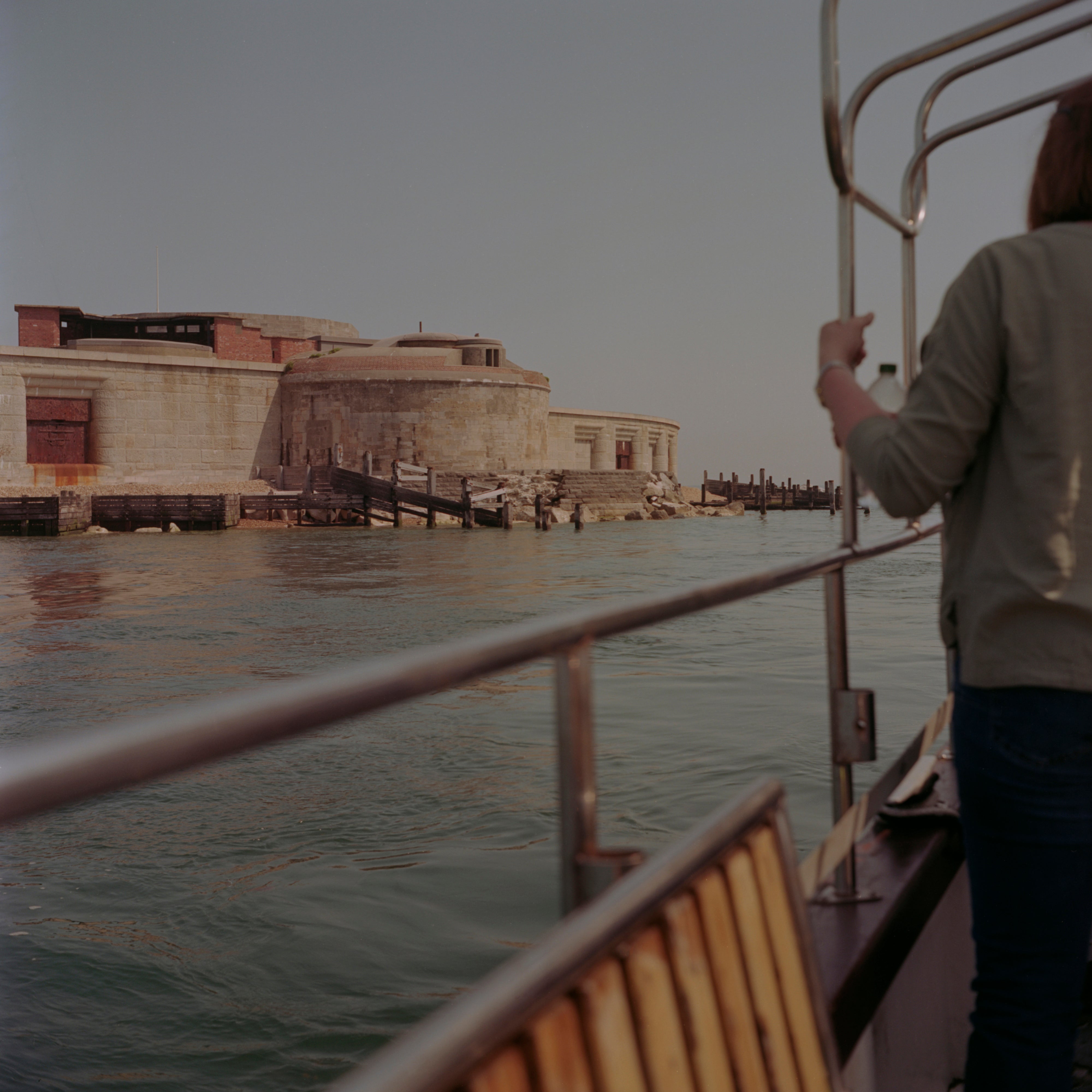
At Lyme Park in Cheshire, one of the grandest estates in England, the grounds – the gardens and deer park – were inundated not once, but twice, in 2019.
“The tapestries really do not like it,” Jones says, recalling that staff stayed up through the night, prepared to protect the paintings and antiques if the water levels kept rising.
Landscapers working at the 400-year-old gardens at Ham House, on the River Thames west of London, have had to contend with soaring heat and humidity – and the possibility of summer days with temperatures rising above 37C.
To adapt, the gardeners there are now cultivating Mediterranean plants, including agaves. In the walled kitchen garden, they’re trying eggplants and chilli peppers.
The 17th-century mansion has had to close on days when the interior temperatures soared, Jones says. It was also shut once when high winds were forecast, to protect visitors from the possibility of its ancient trees falling.
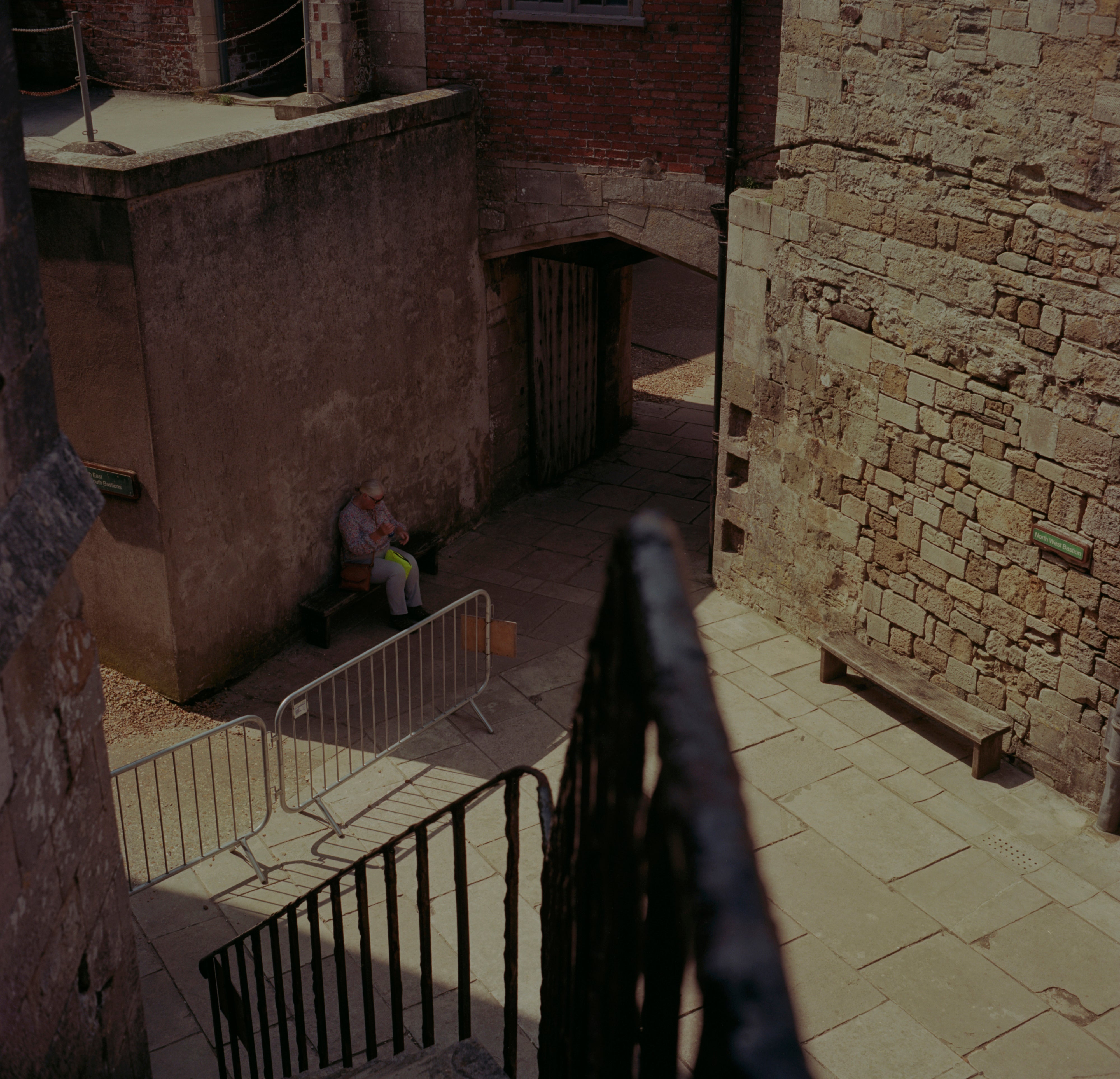
“We are not used to gust speeds reaching almost 50mph in August” – and neither are the trees, which are top-heavy in full leaf, observes Ham House’s head gardener, Rosie Fyles. “I’m now trying to apply a climate change perspective to every single action. It’s a new, vital future view that makes my head spin.”
Conservationists say that in the past it might have been enough to replace gutters and roofs as part of the endless maintenance necessary to keep old houses standing.
Now, they say, they will have to work on a much larger scale.
The National Trust plans to plant 20 million trees over the next few years to slow water run-off and provide cooling shade. It is considering reintroducing beavers to control the rivers running through its properties.
Mairi Davies is the climate change policy manager for Historic Environment Scotland, which helps protect 336 properties in state care. Because so many of Scotland’s cultural sites are on the coast, conservationists are investigating nature-based solutions, too, like building new saltwater marshes and recharging beaches.
There are limits.
On Sanday in the Orkney Islands, the 3,000-year-old burnt mound at Meur was imperilled by rising seas. Structures of this sort are some of “the most enigmatic, problematic and exciting archaeological remains of the Bronze Age”, according to archaeologists at Scape, a group of researchers who work with the public to investigate and promote ancient sites on Scotland’s coast.
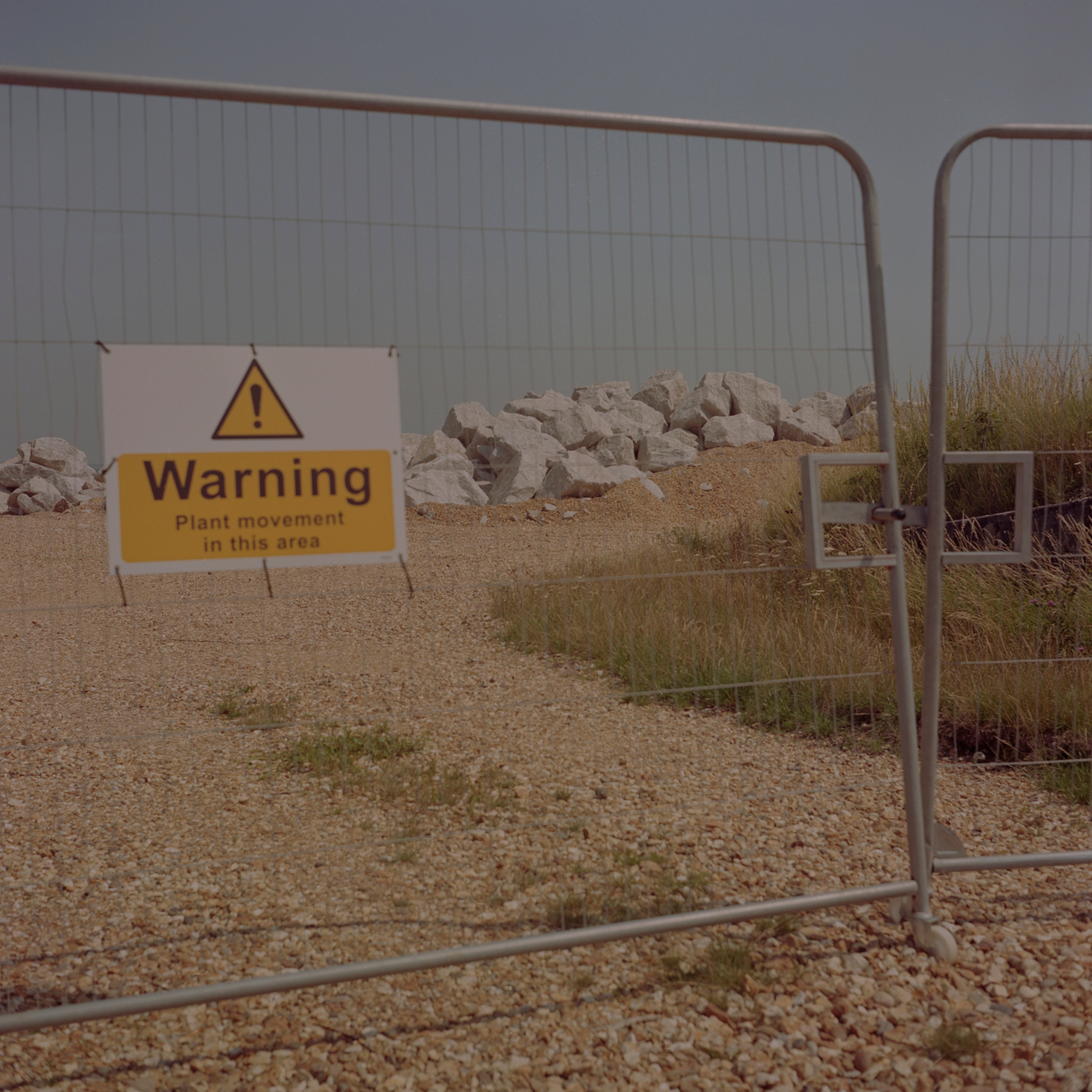
The beachside Meur mound, which includes a small tank that would have been filled with fresh water and heated with hot stones, may have been a prehistoric sauna or used for brewing or boat-making. It is a mystery to be solved in the future.
As the waters rose, the archaeologists and volunteers decided that rather than sacrifice the Bronze Age hot-tub to the sea, they would excavate the mound and move the whole thing to an interpretive centre on drier land.
That was one solution. But as Davies observes, that’s not really possible with a castle.
© The Washington Post



Join our commenting forum
Join thought-provoking conversations, follow other Independent readers and see their replies
Comments